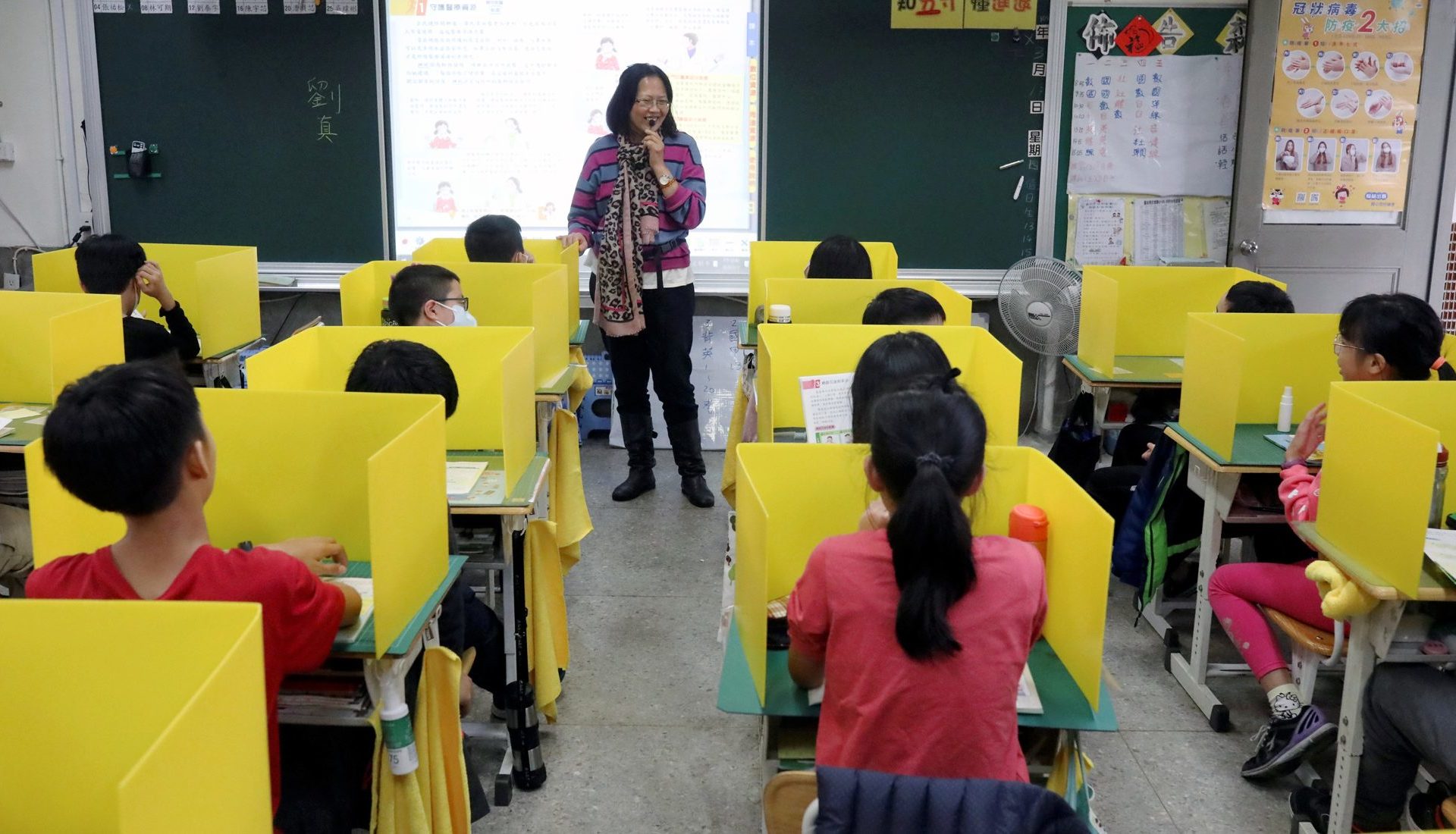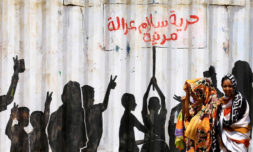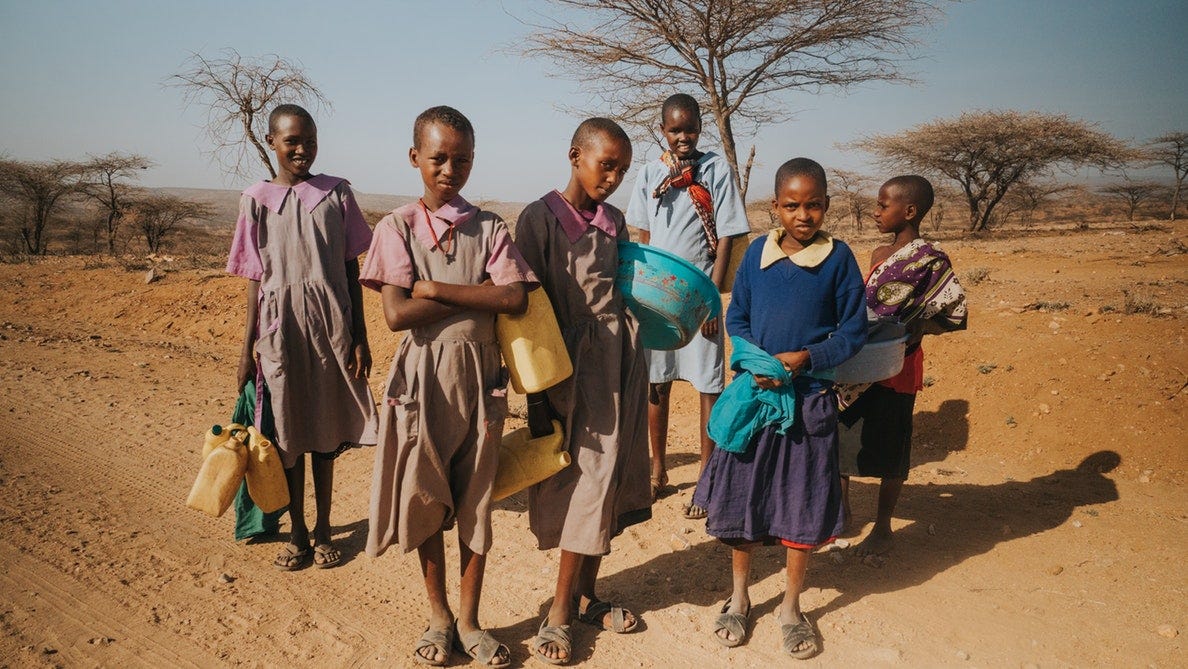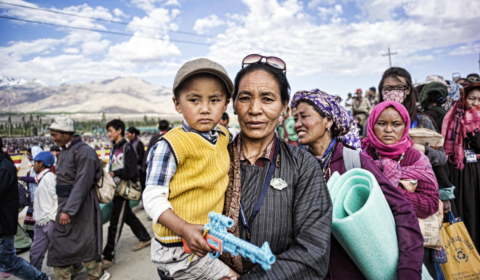COVID-19 has stolen an education from the world’s poorest, as many will never get the chance to return to school.
As Western nations debate the best way to re-open schools in a safe and sensible manner, Gen Z students in developing nations have faced an education interruption they’ll likely never recover from.
In April, some 90% of school children across the world were plucked from their classrooms and sent home, where they’ve been weathering the COVID-19 storm. As certain nations in Europe and East Asia reap the rewards of a crisis well managed and are now able to reopen schooling to most pupils, others are in more precarious positions. In the UK, where the ‘r’ infection rate has risen since initial restrictions were lifted, and the US, which hasn’t yet left the disaster zone, government administrations are calling for schools to return. It’s a move that many are calling premature.
Trump has tweeted multiple times that schools ‘must’ reopen before the Autumn term despite Florida setting new records for infection and death rates on the daily and California going back into lockdown. The President of one of the USA’s biggest teaching unions, Randi Weingarten, has called this decision ‘reckless’, and believes that it could result in many teachers leaving the profession altogether.


Whilst it’s been proved that young people with no existing health problems aren’t usually a risk factor when it comes to the novel coronavirus, concern is mounting for teachers that may be in more vulnerable positions. Moreover, the asymptomatic carrier is an ever-present threat.
However, it should be noted that nations who have re-opened education with sufficient restrictions have had considerable success at preventing new outbreaks. A new study of 1,500 teenagers and 500 teachers in Germany who returned to school in May found that only 0.6% had antibodies in their system in July – less than half the national rate.
Regardless, teachers unions are pointing to remote learning as evidence that returning to the classroom-based learning is unnecessary. Some US school districts, including Los Angeles and San Diego, plan to offer only remote learning for the rest of 2020.
One issue with this argument, though, is that it underplays access inequality.
:max_bytes(150000):strip_icc()/GettyImages-476803847-5657d2fa3df78c6ddf385445.jpg)
:max_bytes(150000):strip_icc()/GettyImages-476803847-5657d2fa3df78c6ddf385445.jpg)





















